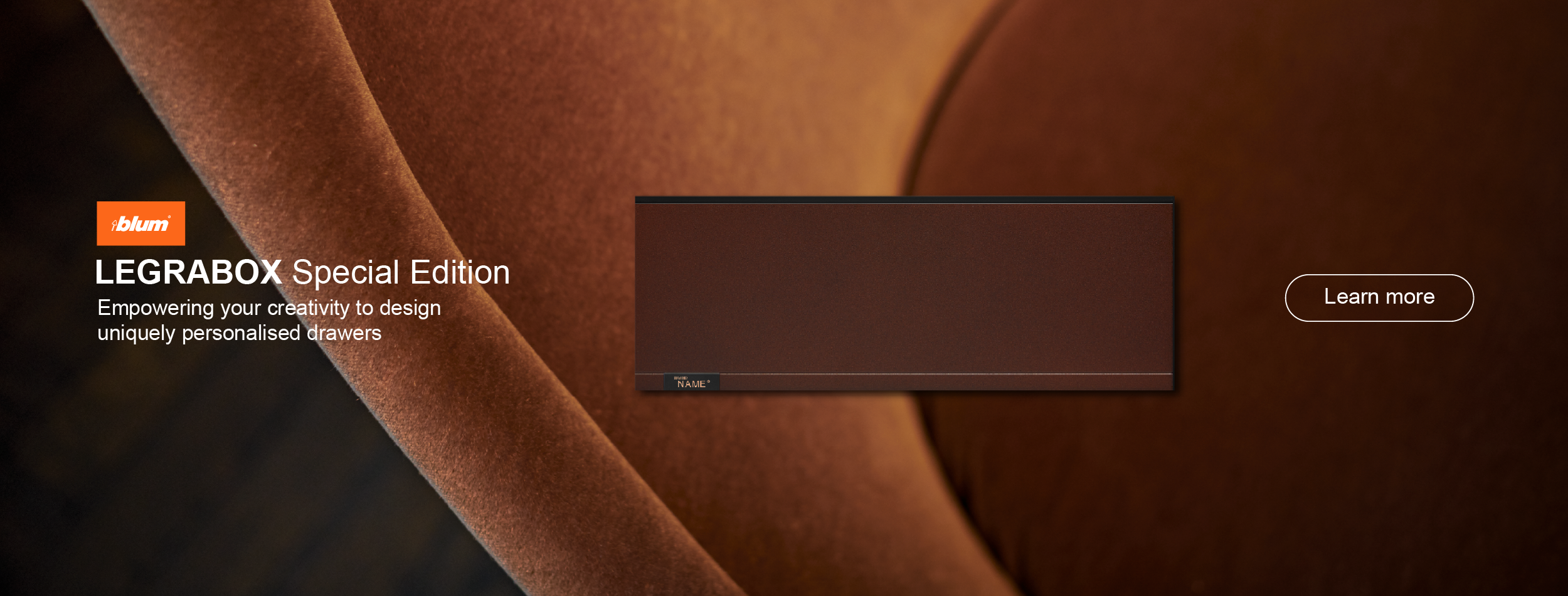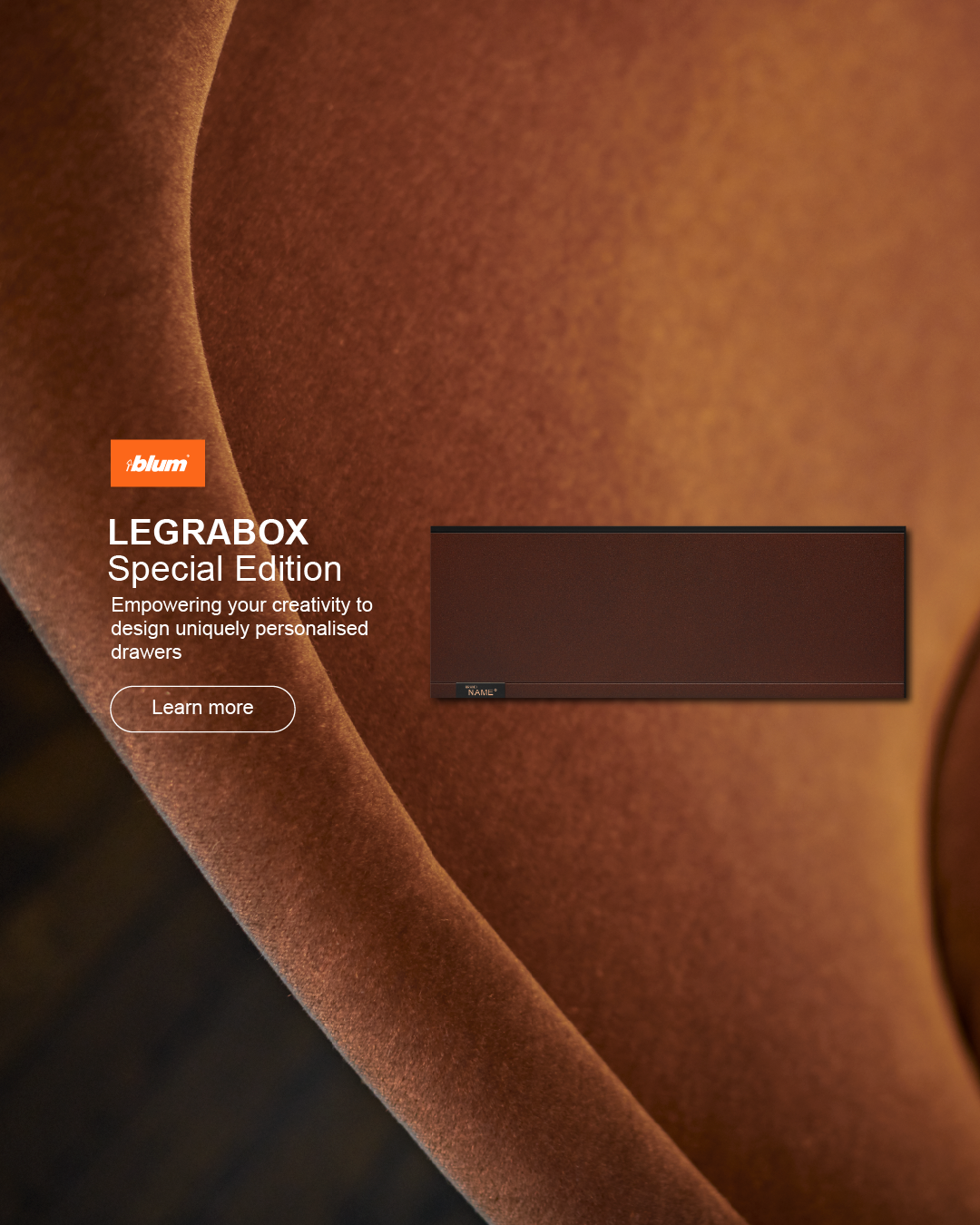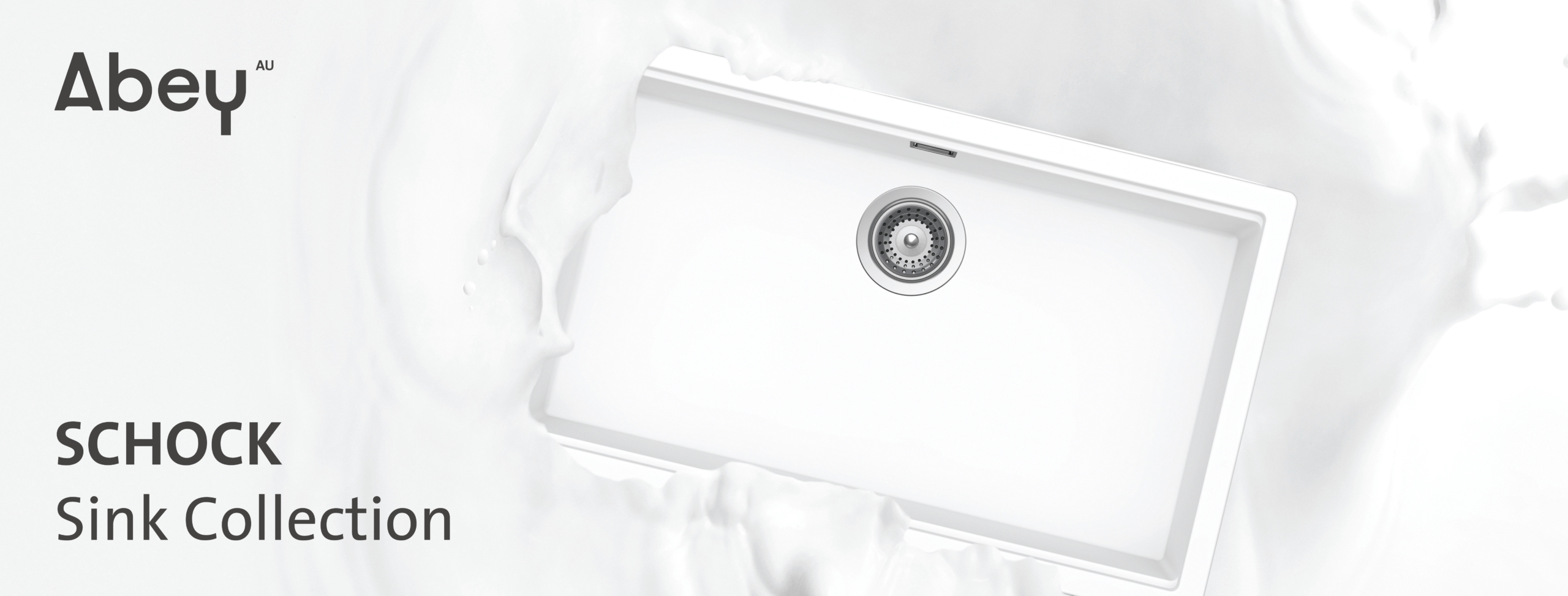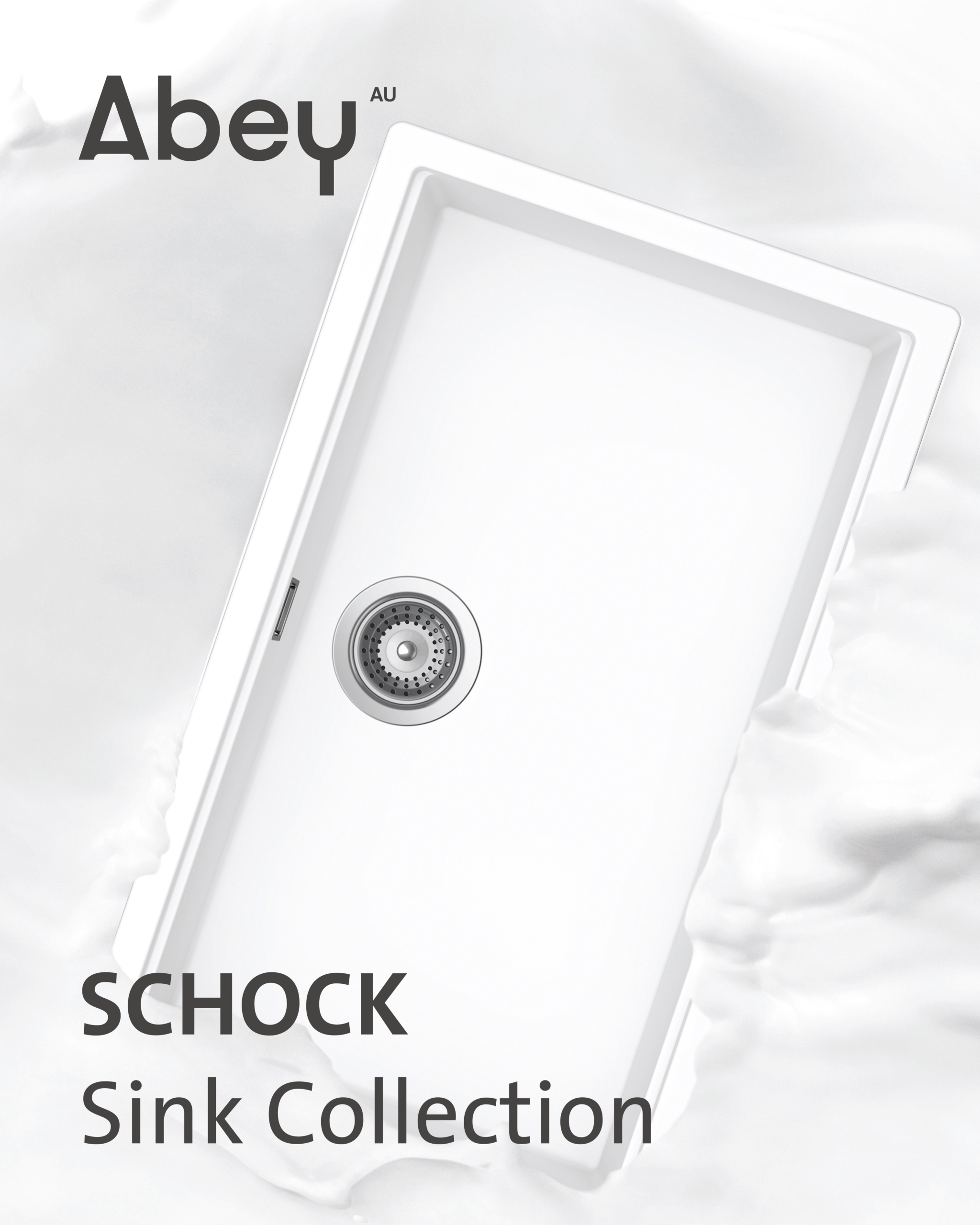
AB House by Office MI–JI Wins the Artedomus Emerging Designer Awards Residential Category
AB House by Office MI–JI is a holiday home located a few hundred metres from the Barwon Heads coastline on Victoria’s Bellarine Peninsula. As a project that demonstrates an original use of material and space, sustainable principles and innovative thinking, it has been selected as the Residential Project Winner of the Artedomus and The Local Project Emerging Designer Awards.
Set back from the street behind a rustic timber fence, AB House is immediately intriguing. The blunt, two-storey form is clad in corrugated fibreglass and galvanised steel – two materials specified for their durability and low cost, architect Millie Anderson says – and there is little embellishment across the front façade. It is a bold counterpoint to the surrounding vernacular of low-lying weatherboard beach shacks; however, it is not loud or forceful. Rather, it is quiet – fitting, even – an effect enhanced by the sturdy native landscaping by Bush Projects and Growing Designs.
The home’s footprint and layout, which is defined by two pavilions separated by a west-facing outdoor deck, were conceived as a direct response to the clients’ preference for a home that expands and contracts depending on its occupancy. The two-storey pavilion at the front contains the primary living spaces as well as the main suite upstairs, and the single-storey pavilion at the rear, which is accessed via a curved corridor, contains two additional bedrooms and bathrooms for guests. As architect Jimmy Carter says, “with the back of the house able to be closed off, the front of the house acts as a one-bedroom home that the clients can occupy without the undue requirements of a larger house.”
Inside, the materiality is simple albeit slightly warmer than the exterior, with timber features, hand-buffed stainless steel, aluminium countertops and rubber floor tiles. It is pared back, but there is character in the exaggerated scalloped timber ceiling and deep green cabinetry. There is also a series of strategically placed skylights that enliven the interiors over the course of the day. As Millie says, “the eastern skylight is nice and large, allowing a lot of the morning light in, whereas the western skylight is quite narrow, allowing in a bit of light but not much of the heat load.”
Inside, the materiality is simple albeit slightly warmer than the exterior, with timber features, hand-buffed stainless steel, aluminium countertops and rubber floor tiles.
Alongside the pursuit for natural light, one of the most complex briefing requirements was the site’s flood overlay. In response to this, Office MI–JI designed a steel brace, which props the house up, minimising its impact on the site and giving the overall form a distinct lightness. Jimmy says, “the steel perimeter frame, which the house very much hangs off, really exemplifies how we look at simple things that can be done in a different way.” It is an elegant solution that neatly addresses a challenging site condition, consequently enhancing AB House’s identity and facilitating its gentle relationship to the landscape.
Elevating the house from ground level also led to increased overlooking and privacy concerns, which have been cleverly addressed through considered window positioning and screening devices. Apertures from within frame treetops and nature as opposed to the neighbours’ private spaces, and perforated steel screens are just as lovely open as they are closed. The dichotomy of the two pavilions also addresses this concern by redirecting sightlines through the property while maintaining an element of privacy, and the central courtyard redefines the overall spatial experience. As Millie says, “the western deck, which sits in the middle of the site for greater sun access, provides an extension of the kitchen. Open the front doors, and the space expands through the house and into the street, providing for neighbourly interaction when desired.”
AB House achieves a great amount for a relatively humble home, exceeding its brief in ways that are both surprising and intrinsic. Mostly, though, every detail is backed by intent, resulting in a project that sits well within Office MI–JI’s rationale for honest and deliberate architecture and a holiday home worthy of permanent residents.

























